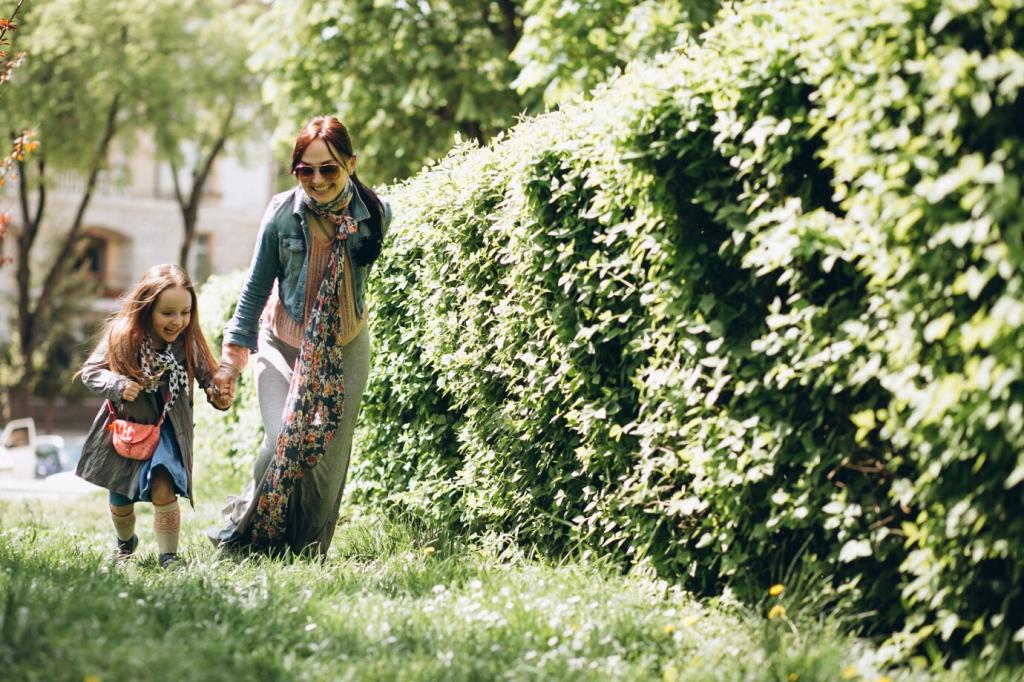
Rooted Beauty: Native Plant Landscaping
Chosen theme: Native Plant Landscaping. Welcome to a landscape that truly belongs—where local plants tell your region’s story, invite wildlife home, and make maintenance lighter, smarter, and more joyful. Subscribe to follow practical guides, seasonal inspiration, and community stories that help you grow a living, local legacy.
Biodiversity, Right Outside the Door
Native plants coevolved with local insects and birds, forming intimate relationships that exotic ornamentals often cannot match. Milkweed hosts monarch caterpillars; oaks support hundreds of moth and butterfly species. Planting natives transforms your yard into a functional habitat. Which visitors have you spotted recently? Share your sightings and help others learn.
Water-Wise by Design
Deep, resilient root systems help native plantings shrug off drought and soak up stormwater, easing pressure on sewers and your watering schedule. During a steamy August, our asters and switchgrass stood tall without irrigation. Want to get practical? Track weekly rainfall and share before-and-after watering habits with the community in the comments.
Soil Health that Works for You
Native roots carve channels through compacted soil, invite helpful fungi, and build organic matter. That means less fertilizer and better drainage over time. Two seasons after planting prairie dropseed and purple coneflower, our sticky clay loosened dramatically. Tell us your soil story, and subscribe for a simple soil-improvement checklist tailored to native beds.
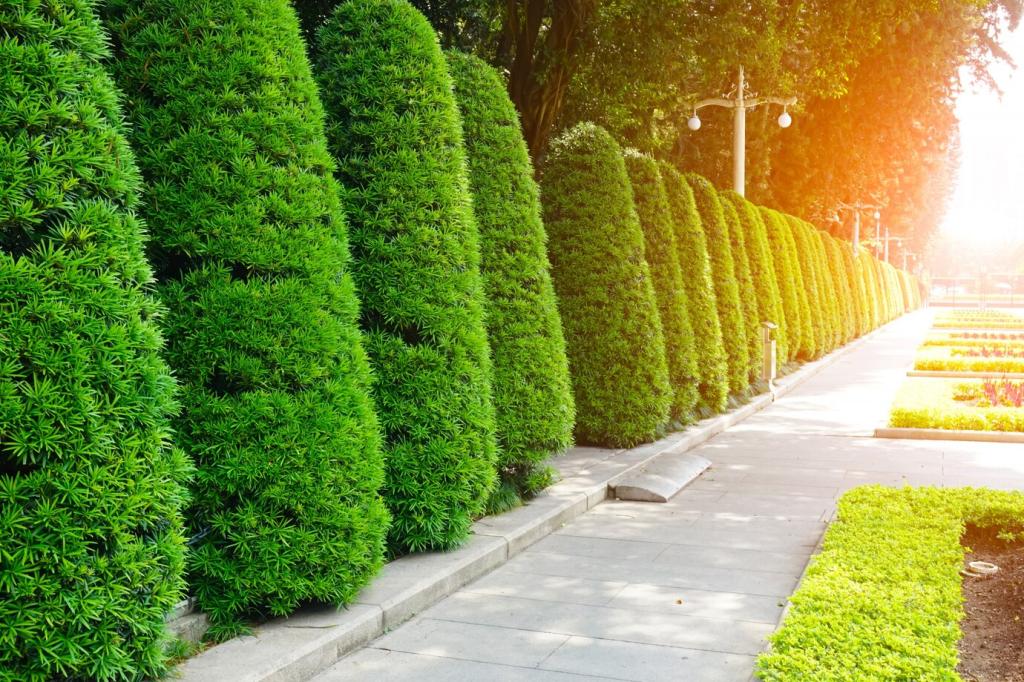
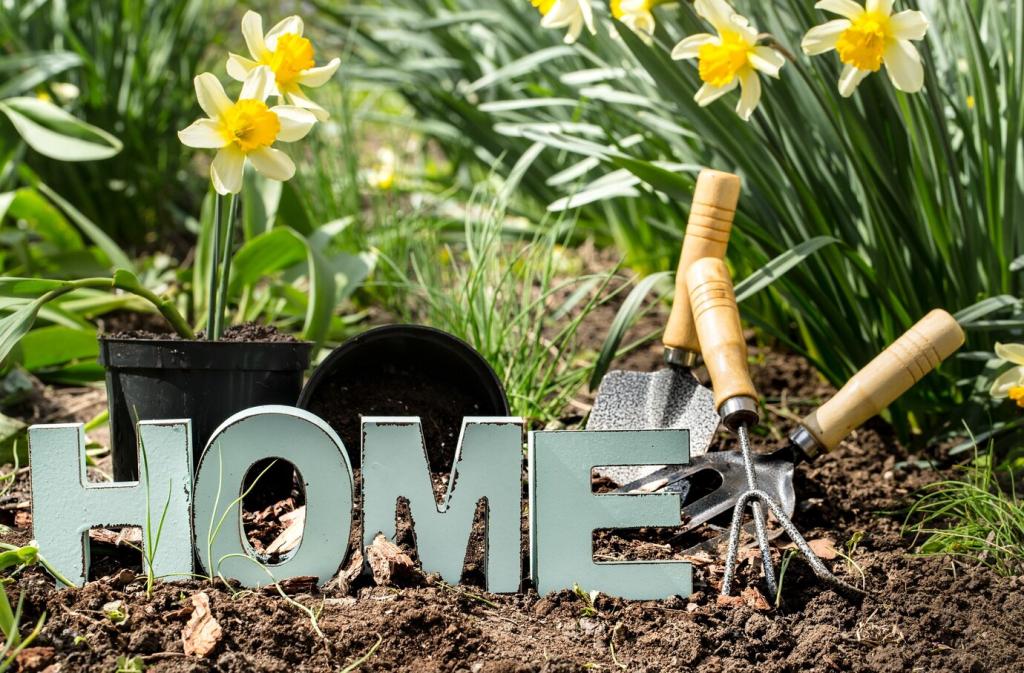
Designing with Place: Patterns, Layers, and Flow
Track sun and shade, wind, slope, and where water lingers after storms. Dig a simple percolation test to understand drainage. Note foot traffic and views from windows. Keep a seven-day site journal, then sketch zones. Ready to collaborate? Share your rough map and get neighborly feedback from readers who’ve solved similar challenges.
Designing with Place: Patterns, Layers, and Flow
Blend a canopy or small trees with understory, shrubs, and a textured ground layer for year-round structure. Try serviceberry, ninebark, and little bluestem above a matrix of sedges and prairie dropseed, stitched with wild strawberry. Arrange tallest at the back, repeat drifts for unity, and invite conversation about your favorite plant layers below.
Maintenance that Feels Like Stewardship
The establishment year is about deep, infrequent watering, diligent weeding, and patient observation. Mulch three inches to shade out opportunists, and flag young natives to avoid accidental pulls. We kept a monthly photo log and celebrated every new bloom. Join us by posting your first-year progress snapshots and questions for supportive feedback.
Welcoming Wildlife with Habitat Design
Pollinator Highways and Stopovers
Create continuous bloom across the seasons and group plants in generous clumps so pollinators can forage efficiently. Pair nectar sources with host plants for caterpillars, and leave sunny, sheltered patches for warmth. Last July, a child counted five bumblebee species here. Download our pollinator log and share your tallies to inspire neighbors.
Bird Buffets, from Seedheads to Shrubs
Let coneflower and little bluestem dry into winter snacks, and layer shrubs like viburnum or winterberry for berries and cover. Add shallow water with a stone perch and keep a brushy corner safe from cats. Which birds visited your yard this week? Post your list and tips for making them feel at home.
Night Shift: Moths, Bats, and Moon Gardens
Night-blooming, pale flowers guide moths after dusk, while restrained lighting protects nocturnal navigation. Evening primrose hosts the charismatic primrose moth; bat-friendly yards reduce pesticides naturally. Keep dark corridors between plantings and the sky. What have you noticed at night? Share your moon-garden experiences and subscribe for a checklist on wildlife-friendly lighting.
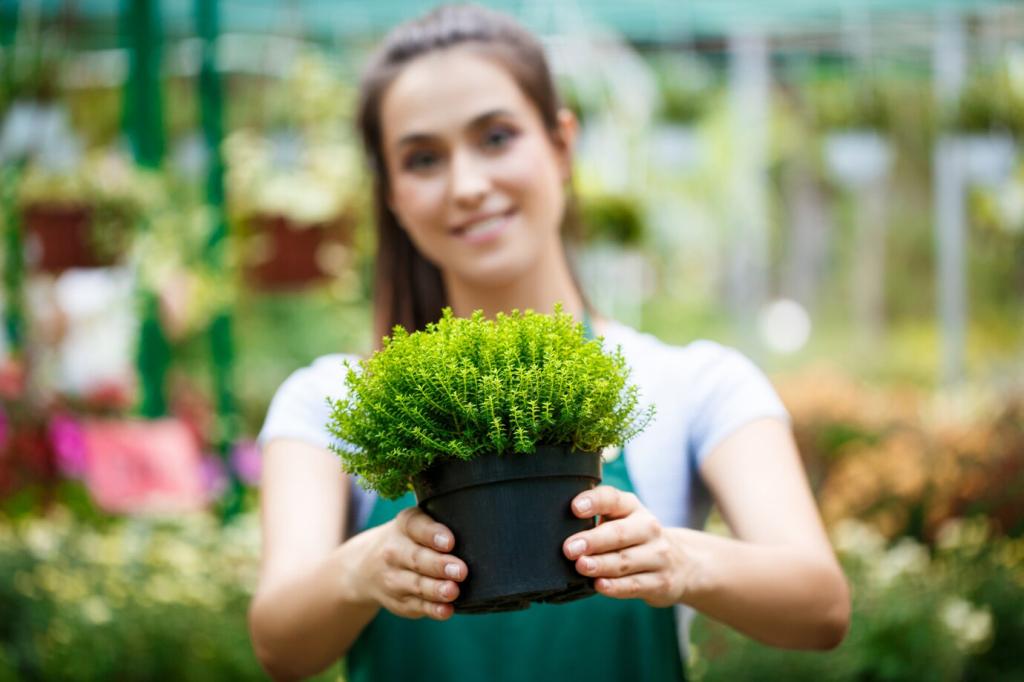
Find Your Ecoregion and Plant Community
Use local extension resources, herbarium records, or ecoregion maps to identify your natural community—prairie, woodland, coastal scrub, or desert. Match plant guilds to your site’s sun, moisture, and soils. Drop your ecoregion in the comments, and we’ll share starter lists suited to Native Plant Landscaping in your area.
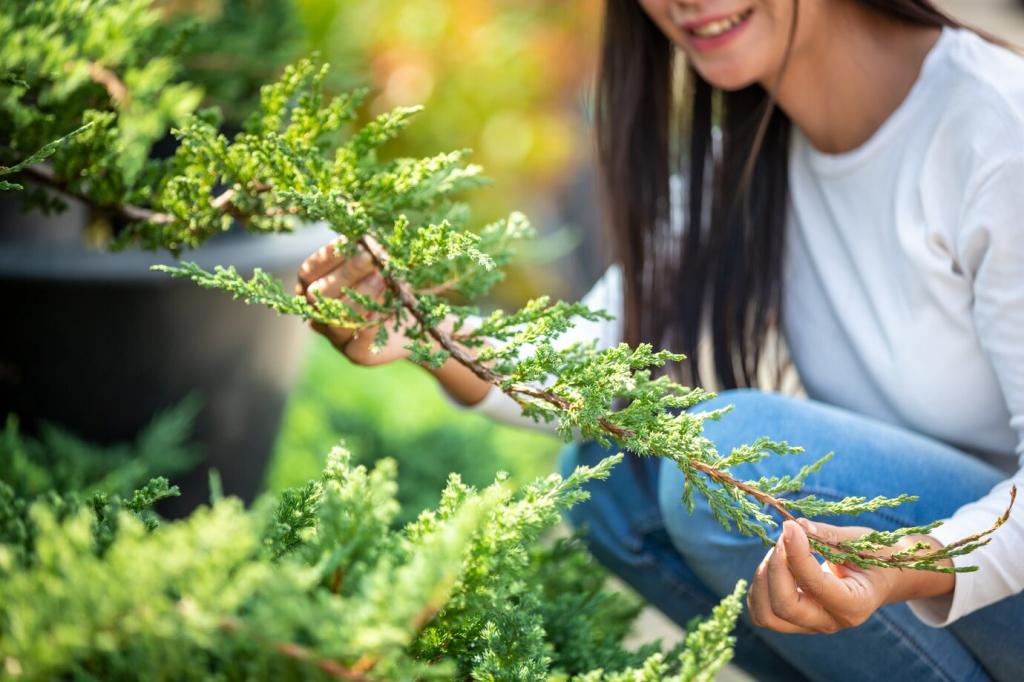
Local-Provenance Seed and Plants
Genetic origin matters: locally sourced seed is adapted to your climate’s timing, pests, and soils. Ask growers about provenance and consider straight species over heavily altered cultivars. Our regional little bluestem stayed upright through storms. Subscribe for our directory of ethical nurseries specializing in seeds and plugs for Native Plant Landscaping projects.
